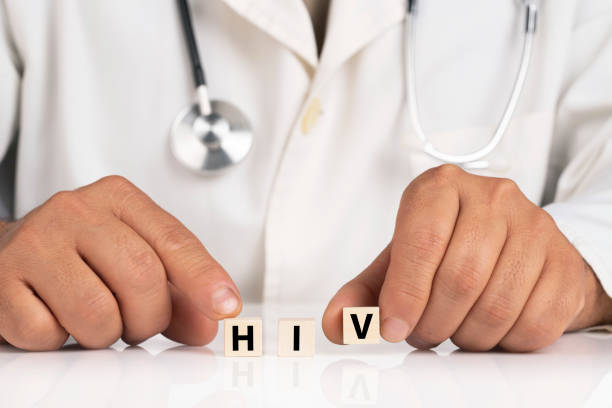The Future of HIV Treatment: Innovation and Progress (2025)
HIV (Human Immunodeficiency Virus) remains one of the most significant global health concerns since its discovery in the 1980s. While a complete cure has yet to be found, remarkable advancements in medical research have significantly improved treatment and prevention. Today, individuals living with HIV can manage their condition more effectively than ever before. This article highlights the most recent breakthroughs in HIV treatment and prevention.
HIV (Human Immunodeficiency Virus) remains one of the most significant global health concerns since its discovery in the 1980s. While a complete cure has yet to be found, remarkable advancements in medical research have significantly improved treatment and prevention. Today, individuals living with HIV can manage their condition more effectively than ever before. This article highlights the most recent breakthroughs in HIV treatment and prevention.

Antiretroviral Therapy (ART): A Lifesaving Standard
Antiretroviral Therapy (ART) is the primary method for managing HIV. By using a combination of antiviral drugs, ART suppresses viral replication, reducing the viral load and protecting the immune system. Though it does not completely eliminate HIV from the body, it drastically lowers the risk of developing AIDS and other complications, enabling individuals to maintain their health over the long term.
Breakthrough HIV Medications
The field of HIV treatment has seen the introduction of more effective and convenient medications. Biktarvy, a single-tablet regimen, provides strong viral suppression with minimal side effects. Additionally, Lenacapavir, a cutting-edge long-acting injectable medication, offers a new solution for patients with multidrug-resistant HIV. These advancements improve treatment outcomes and make medication adherence more manageable.
Long-Acting HIV Treatment: A New Approach to Adherence
For many individuals, daily pill intake can be a challenge. To address this issue, long-acting injectables like Cabenuva have been developed. With an administration schedule of once per month or every two months, this treatment eliminates the need for daily medication, making it easier for patients to stay on track with their treatment plans.
PrEP: A Powerful Preventive Strategy
In addition to advancements in treatment, HIV prevention has also improved significantly. Pre-Exposure Prophylaxis (PrEP) is a highly effective preventive measure that drastically reduces the risk of HIV transmission when taken regularly. This innovation is especially crucial for high-risk populations, providing an added layer of protection against infection.
Fighting HIV Stigma and Promoting Awareness
Despite medical progress, stigma surrounding HIV continues to be a barrier to treatment. Fear of discrimination prevents many from seeking necessary medical care. Public education campaigns and advocacy efforts are essential in dismantling misconceptions and encouraging individuals to access proper healthcare without fear.
Conclusion
The future of HIV treatment is brighter than ever, thanks to continuous medical innovations. While a cure remains in development, modern therapies, long-acting medications, and prevention strategies are changing the landscape of HIV care. With sustained research and increased awareness, the world is making significant strides toward reducing the impact of HIV and working toward a future where the virus is no longer a major public health concern.